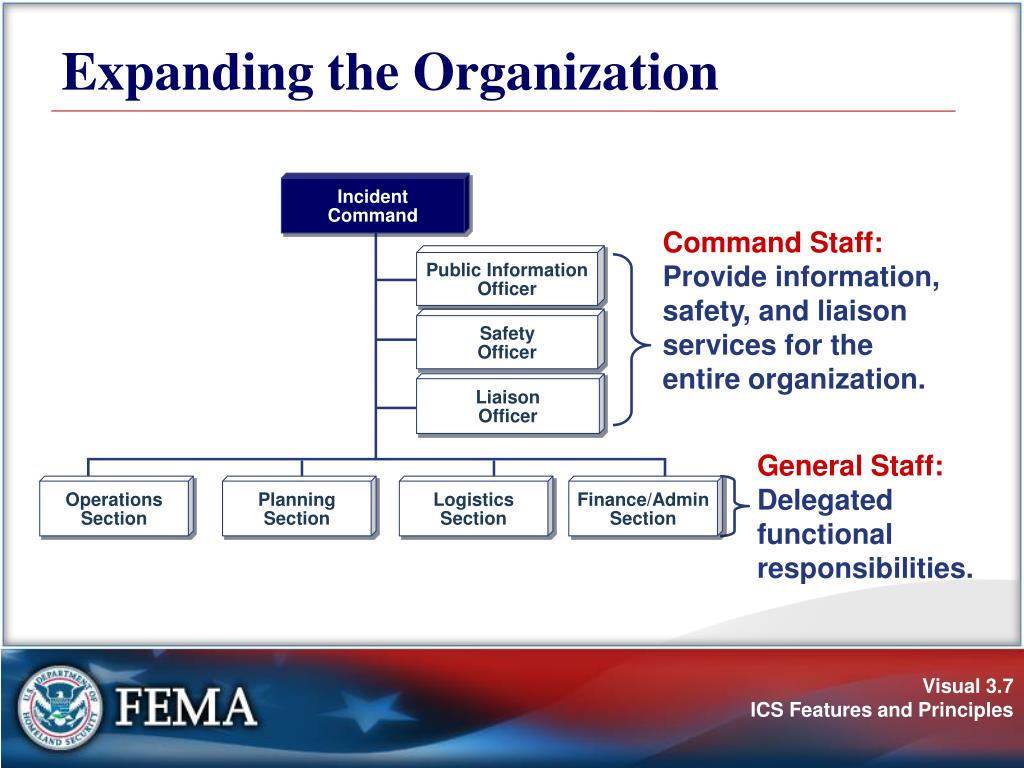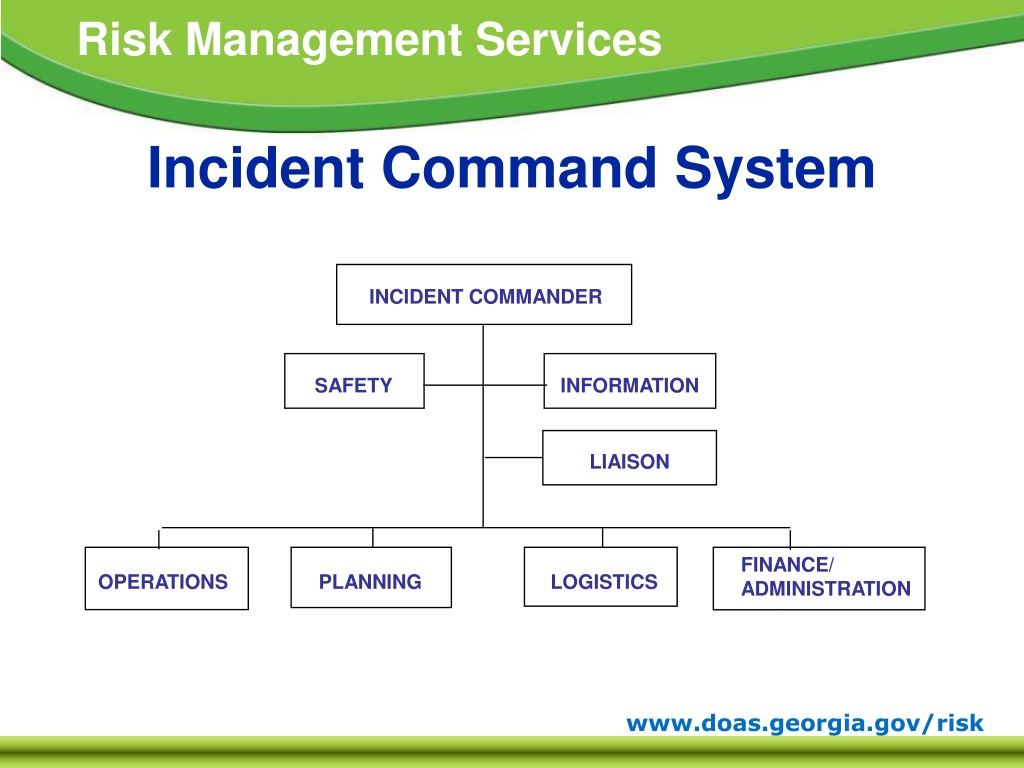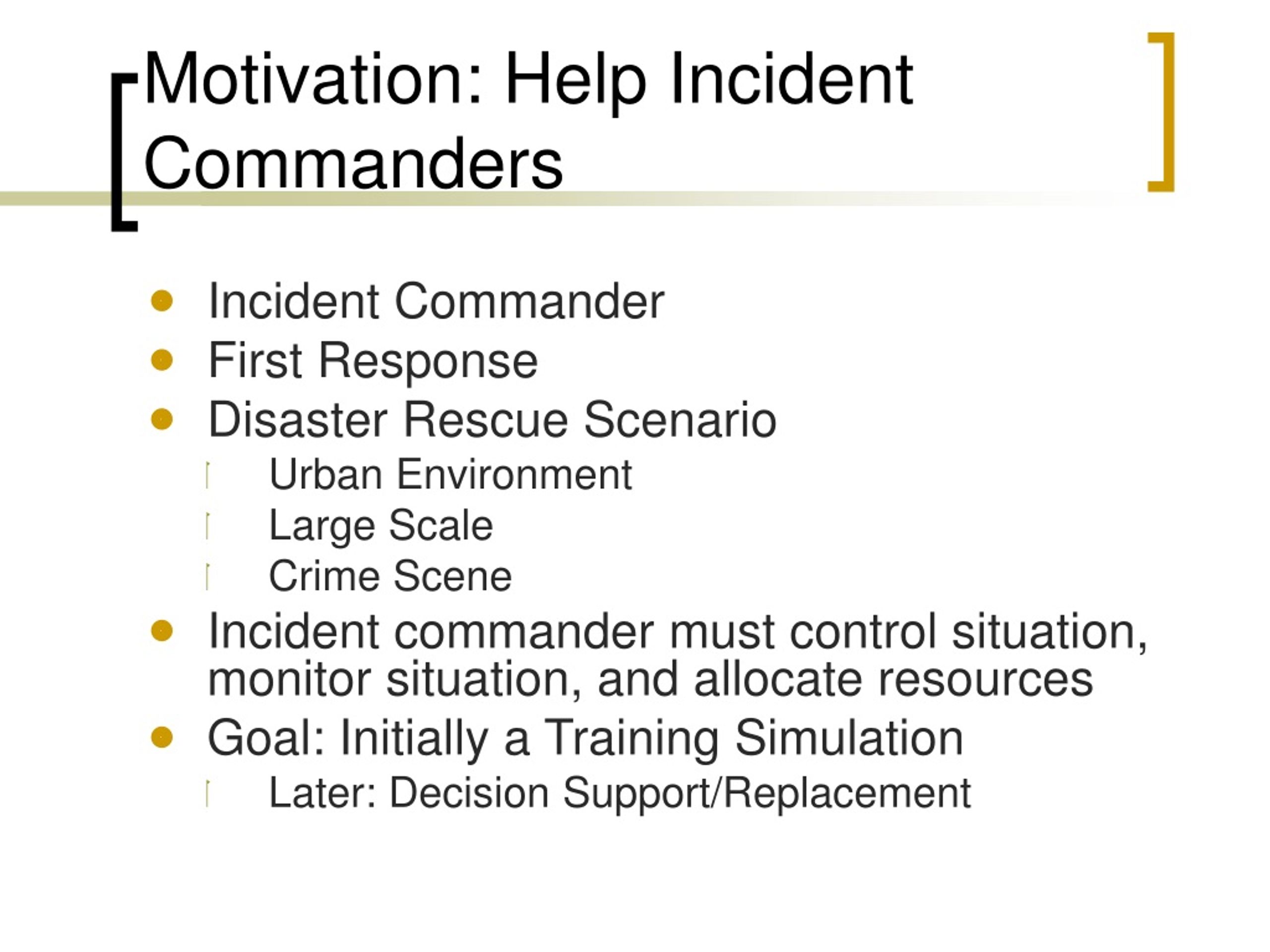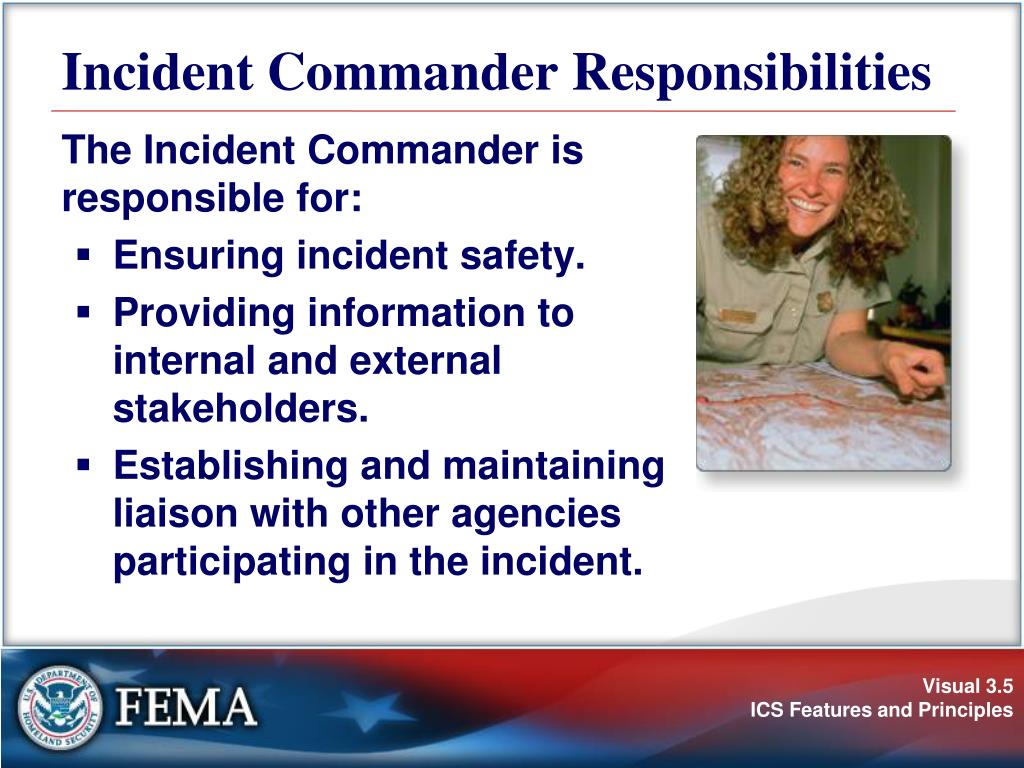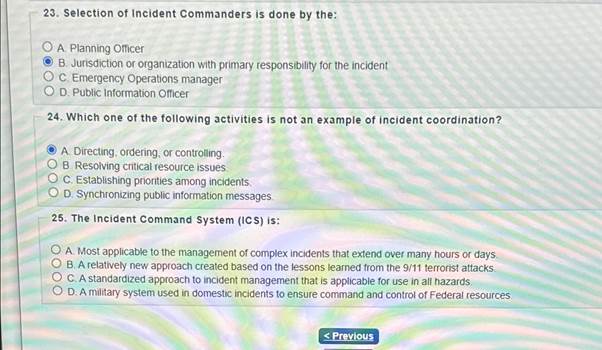Selection Of The Incident Commanders Is Done By The

Incident command selection processes are under intense scrutiny following recent high-stakes events. The effectiveness of emergency response hinges on choosing the right leaders, and communities are demanding greater transparency and accountability.
This article explores the current methods used to select Incident Commanders (ICs), the growing concerns surrounding these processes, and the potential impact on future emergency management.
Current Selection Methods
Traditionally, Incident Commanders are selected based on a combination of factors. These include seniority, training certifications (like ICS 300/400), experience in similar incidents, and demonstrated leadership skills.
Agencies like FEMA, state emergency management offices, and local fire and police departments often have pre-defined rosters of qualified individuals. The selection process may also involve interviews or assessments, particularly for complex or prolonged incidents.
For smaller, localized events, the first-arriving senior officer typically assumes command. As the incident escalates, a more qualified IC may be designated to take over.
Concerns and Criticisms
Despite established protocols, concerns persist regarding the fairness and effectiveness of current selection methods. Some argue that seniority often trumps competence.
A 2023 report by the National Emergency Management Association (NEMA) highlighted a potential disconnect between training and real-world incident management capabilities.
"Simply holding a certification does not guarantee effective leadership in a crisis," the report stated.
Another criticism centers on the lack of diversity in leadership positions. Women and minorities are often underrepresented in IC roles, raising questions about equitable opportunities and diverse perspectives in decision-making.
Recent Incidents Spark Debate
The handling of several recent large-scale incidents has intensified the debate. The 2022 wildfire in Grizzly Gulch, Colorado, saw a rapid succession of ICs, leading to communication breakdowns and operational inefficiencies. Initial reports suggested the first IC lacked experience with large fire events. The situation demanded a more decisive leadership from the start.
Similarly, the response to the 2023 chemical spill near East Palestine, Ohio, drew criticism. The initial IC selection process was perceived as opaque, leading to public distrust and questions about the qualifications of those in charge. Local residents demanded more transparency and greater community involvement in decision-making.
Data and Statistics
Reliable, comprehensive data on IC selection processes is scarce. However, anecdotal evidence and after-action reports point to recurring themes. A review of 50 post-incident reports from 2018-2023 by the Emergency Management Institute (EMI) showed that ineffective communication was cited as a contributing factor in nearly 60% of incidents. In 20% of those, the IC selection process was identified as a contributing root cause.
FEMA's National Incident Management System (NIMS) provides guidelines for incident command, but the actual implementation and selection criteria vary significantly across jurisdictions. There's no federal mandate requiring specific qualifications beyond NIMS training.
A recent survey of 1,200 emergency responders revealed that only 35% felt their agency's IC selection process was "very effective." The survey, conducted by the International Association of Fire Chiefs (IAFC), also showed that 72% of respondents believed more emphasis should be placed on practical experience and leadership assessments.
Potential Solutions and Reforms
Several potential solutions are being explored to address the shortcomings in IC selection processes. These include implementing more rigorous leadership assessments, promoting greater diversity in leadership positions, and enhancing transparency and community involvement.
Some agencies are experimenting with simulation-based training exercises that realistically assess IC candidates' decision-making abilities under pressure. These simulations can provide valuable insights into an individual's leadership potential beyond their certifications or seniority.
Increasing community involvement in emergency planning and preparedness is another key area of focus. This could involve establishing citizen advisory boards or incorporating community feedback into IC selection criteria.
Standardized, nationally recognized leadership assessments could ensure a more consistent and objective evaluation of IC candidates across different jurisdictions. Developing clearer performance metrics and feedback mechanisms for ICs is also crucial for continuous improvement.
Next Steps and Ongoing Developments
The Department of Homeland Security (DHS) is currently reviewing NIMS guidelines to address concerns about IC selection and training. This review is expected to result in revised recommendations and best practices for emergency management agencies nationwide.
Several professional organizations, including the IAFC and NEMA, are working to develop updated training programs and certification standards for Incident Commanders. These programs will likely emphasize practical leadership skills, decision-making, and communication.
The ongoing scrutiny and calls for reform highlight the critical importance of selecting effective Incident Commanders. The lives and well-being of communities depend on the ability of these leaders to make sound decisions under pressure. Continued vigilance, data-driven analysis, and collaborative efforts are essential to ensure that the right individuals are chosen to lead during times of crisis.






